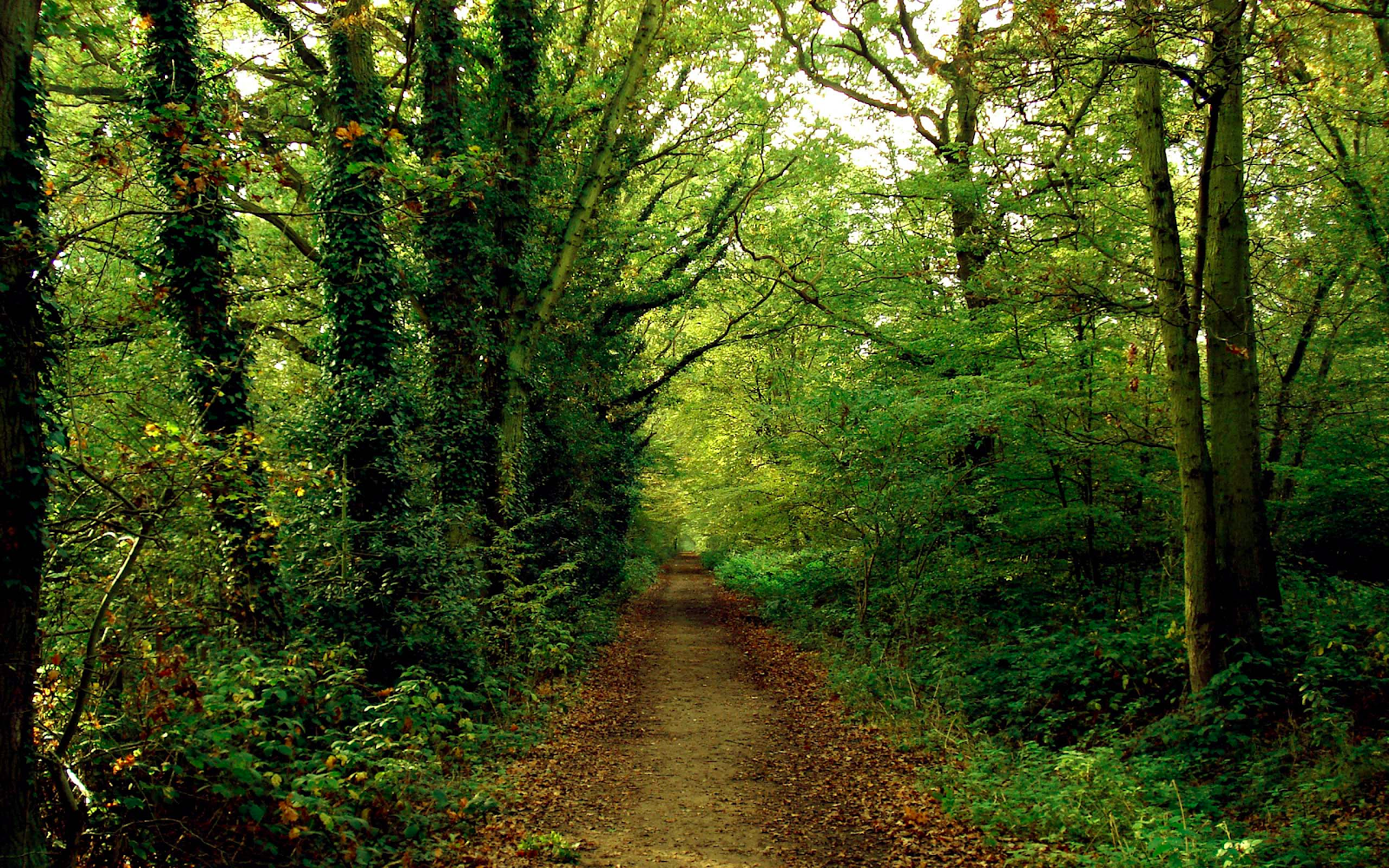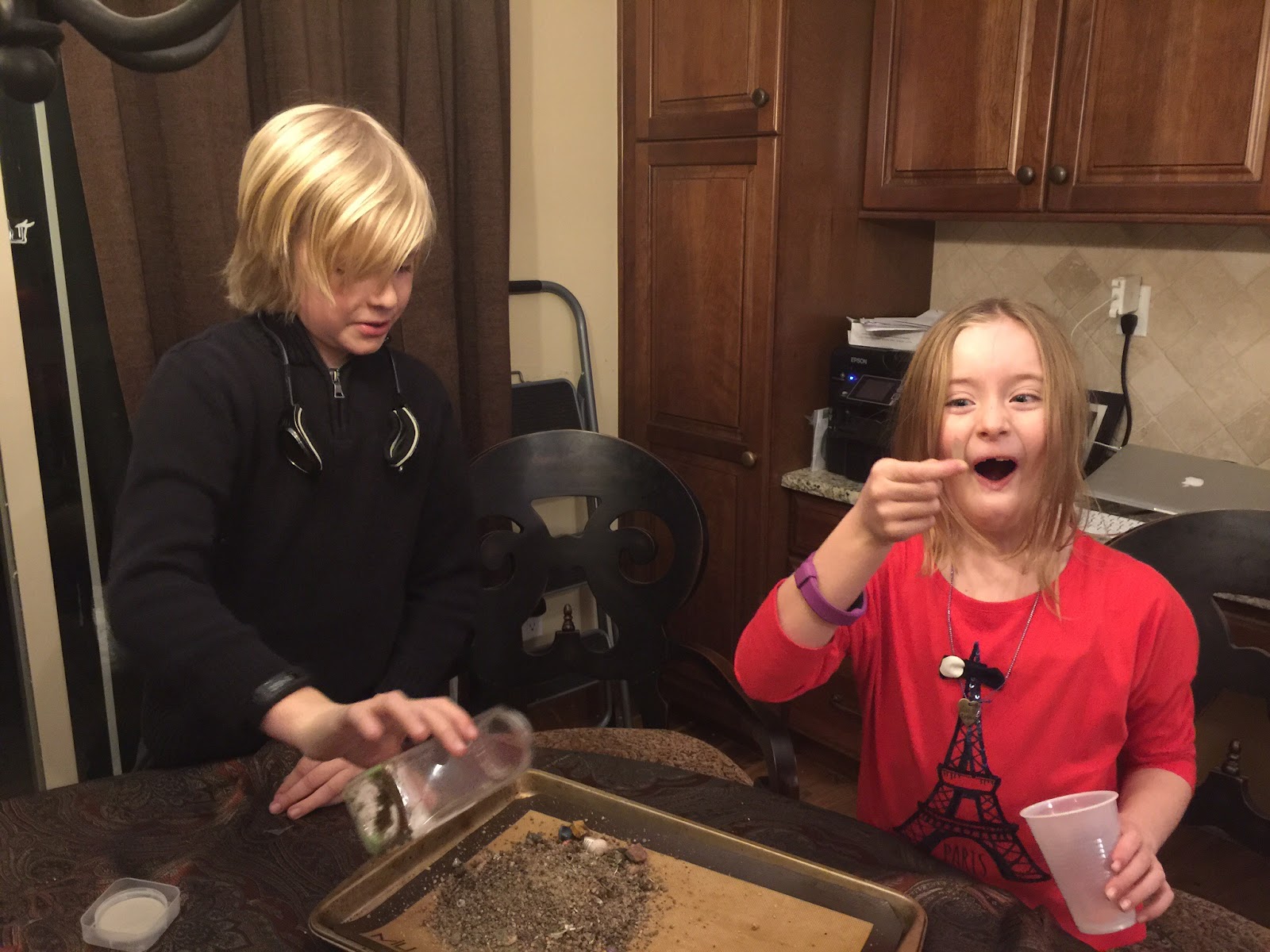|
|
Showing my wishing rock at a recent workshop....
|
THOSE
MAGICAL CLASSROOM MOMENTS!
Why don’t you CAPTURE them!!
And save them – forever!
Hey, teachers, you can, and probably do, of course, use your smartphone as well as your camera to capture those special classroom teaching and learning moments……… videoing, photographing, recording the action.
If you enjoy catching those moments that make your teaching so rewarding and worthwhile, you might try this idea I came up with many years ago.
From my teaching journal........
After a wonderful but windy afternoon nature walk around the woodland near school, my class sat around me on the classroom floor and we began to talk about what they’d seen.
 Dianne said how much she enjoyed the walk in the long grass around the trees.
Dianne said how much she enjoyed the walk in the long grass around the trees.
“Everything was beautiful, Mr. Paull……………. Everything smelled dead good. Did you hear the wind, though? It was making a howling noise and it made the leaves on the trees shake.”
Then she added, wistfully, “Pity we can’t bring back the smells and the sounds of nature. How could we do that, Mr. Paull?”
That made me think. And think. Mmmmmmmmm…………….
Then, that evening, I had an idea. An empty bottle isn’t really empty, of course. It holds air. So, if you half fill, say, a small plastic bottle with water and then turn the bottle upside down, the water rushes out, pushing the air in front of it. For a split second, there’s nothing in the bottle. As we know, nature abhors a vacuum, so the air rushes in and fills the bottle.
The air carries everything ……….doesn’t it? ☺
The next time we went for a nature walk, I took a bottle half filled with water. When we reached the tall grass and trees, I turned the bottle upside down and let the water gush out. As soon as the last drop ran out of the bottle, air rushed in, filling the vacuum.

I immediately pushed in the cork. “Look,” I said, “we have captured the sounds and the smells of nature………forever.”
Dianne was particularly excited when I stuck a label on the bottle and wrote the date on it:
June 8 th. 1966.
This bottle holds the smells and sounds of the flowers and the trees around our school.
And that started something.
Every time things were really humming in the classroom, I would stand in the middle of the room holding a small dish and a bottle half filled with water. Then, with great ceremony, I held the bottle over the dish and emptied out the water. Within a second, I filled a small bottle with all of the energy, sound, wit and wisdom of my children, and screwed on the top. Quickly I labeled it, and displayed it on a shelf.
My students loved the process and would often tell me, “Hey, Mr. Paull, you just HAVE to capture what’s going on on my table!!”
I used them at parent conferences, showing parents the bottles, then describing that each one was filled with a magical classroom moment of excitement, interaction, and learning.
Why don’t you try it – go on, capture one of those special ‘I’m a scientist’ moments today in a bottle!!
 HOW? It’s easy.
HOW? It’s easy.
What do you need? Just a small bottle and plenty of imagination!!
What do you do? At a critical ‘Oooh, aaah’ classroom moment, take the top off a tiny bottle. Blow across the top.
 The fast-moving air sucks out the air inside the bottle. When you stop blowing, the air, and the atmosphere of excited learning, rushes in and fills up the space.
The fast-moving air sucks out the air inside the bottle. When you stop blowing, the air, and the atmosphere of excited learning, rushes in and fills up the space.
Write the date and place on a small label and stick it on the bottle.
Think about what you’ve done!
You have captured the time - and the magic classroom moment, the joy of your students……forever! :)
P.S. Students particularly enjoy this activity, and i encourage them to do the same…..bring in a small bottle and capture those learning moments they cherish………..and share with their classmates at an appropriate time.
John Paull







